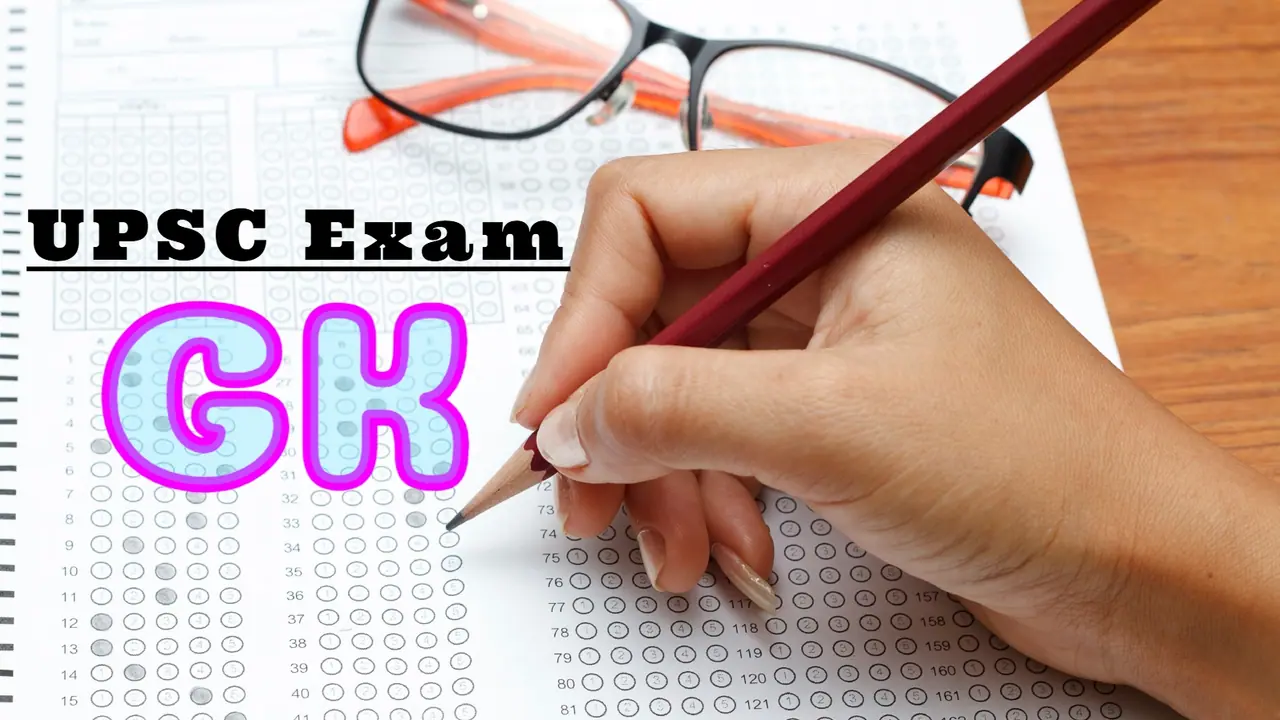Preparing for UPSC? Master Indian Economic and Social Development with these 30 crucial questions and answers. Gain insights into government schemes, initiatives, and social indicators. Essential for UPSC, State PCS, and other competitive exams.
UPSC GK: Deep knowledge across diverse subjects is crucial for the UPSC General Studies paper. Questions on India's economic and social development are vital, not just for UPSC, but also State PCS, SSC, Banking, and other competitive exams. This section helps understand India's economic policies, schemes, and the government's role in societal development. The UPSC GS and Prelims often feature questions on contemporary schemes, government initiatives, social indicators, and institutions like NITI Aayog. Economic and Social Development encompasses topics like Economic Growth, Poverty, Unemployment, Schemes, Education, Health, Women's Empowerment, Sustainable Development, and Inclusive Growth. Memorizing key facts, schemes, and statistics is essential for success. These 30 important questions and answers will strengthen your preparation.

UPSC GK: Economic and Social Development Questions and Answers
1. What is the main objective of economic development in India?
Answer: Sustainable development and poverty eradication.
2. What is the full form of GDP?
Answer: Gross Domestic Product.
3. Which is the central bank of India?
Answer: Reserve Bank of India (RBI).
4. When was NITI Aayog established?
Answer: January 1, 2015.
5. Who releases the Economic Survey?
Answer: Ministry of Finance, Government of India.
6. What was the objective of the 'Green Revolution'?
Answer: To increase agricultural production.
7. When was the first Five-Year Plan launched in India?
Answer: In 1951.
8. Who controls the money supply in India?
Answer: RBI.
9. Which sector does the 'Make in India' scheme promote?
Answer: Manufacturing Sector.
10. What does Gross National Income (GNI) represent?
Answer: The total income earned by the citizens of a country.
UPSC GK Questions related to Social Development
11. Who releases the Human Development Index (HDI)?
Answer: United Nations Development Programme (UNDP).
12. When was the Right to Education (RTE) Act implemented in India?
Answer: April 1, 2010.
13. What is the meaning of women's empowerment?
Answer: Empowering women with rights, opportunities, and self-reliance.
14. Who is the Ayushman Bharat scheme for?
Answer: Health insurance scheme for the poor and vulnerable sections.
15. Which committee determined the poverty line in India?
Answer: Tendulkar Committee.
16. What is the objective of the MGNREGA scheme?
Answer: To provide employment in rural areas.
17. What is the main objective of the National Girl Child Scheme?
Answer: Education and safety of girls.
18. What is the main goal of the Skill India Mission?
Answer: To provide employable skills to youth.
19. What was the objective of India's Population Policy 2000?
Answer: To control population growth and improve health.
20. What is the UDAN scheme related to?
Answer: Regional Air Connectivity.
UPSC General Knowledge Questions and Answers on Economic and Social Topics
21. What is the meaning of sustainable development?
Answer: Development that balances the environment, society, and economy.
22. What is the purpose of the social security scheme?
Answer: To provide assistance to the elderly, disabled, and poor.
23. When was the 'Digital India' campaign launched in India?
Answer: July 1, 2015.
24. What is the 'Swachh Bharat Mission' related to?
Answer: Sanitation and toilet construction.
25. When was the Ministry of Women and Child Development established?
Answer: In 2006.
26. What is the main objective of the 'Jan Dhan Yojana' launched by the Government of India?
Answer: To provide banking facilities to all.
27. What is the difference between GDP and GNP?
Answer: GDP is the total output produced in a country, GNP is the total income of the citizens of a country.
28. What are the main social indicators of Indian society?
Answer: Literacy rate, sex ratio, mortality rate.
29. By when does India's population policy aim to bring the TFR to 2.1?
Answer: The population policy aims to bring the TFR to 2.1 by 2010 and stabilize the population by 2045.
30. Which scheme is for universal access to education?
Answer: Sarva Shiksha Abhiyan (SSA).


